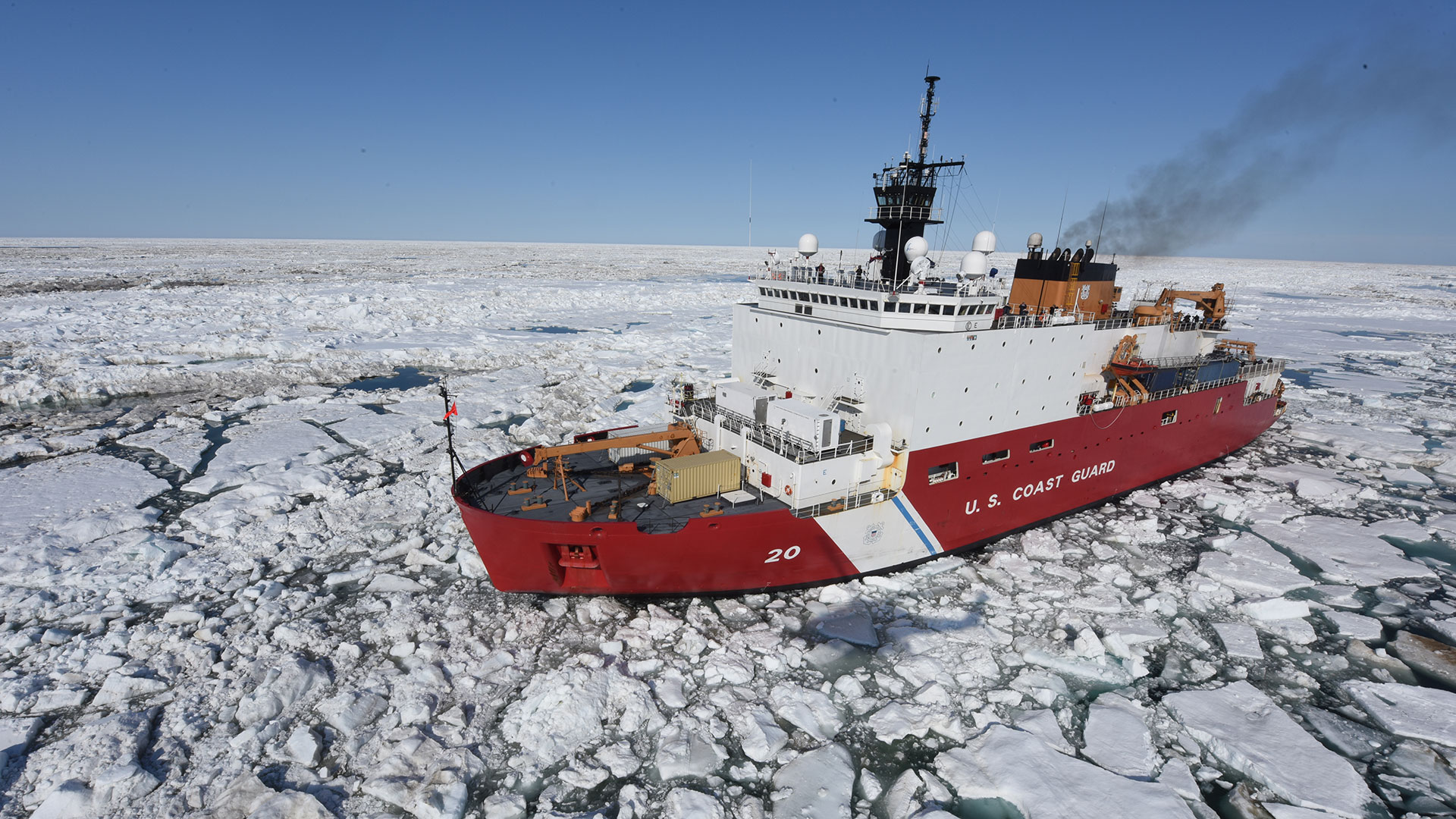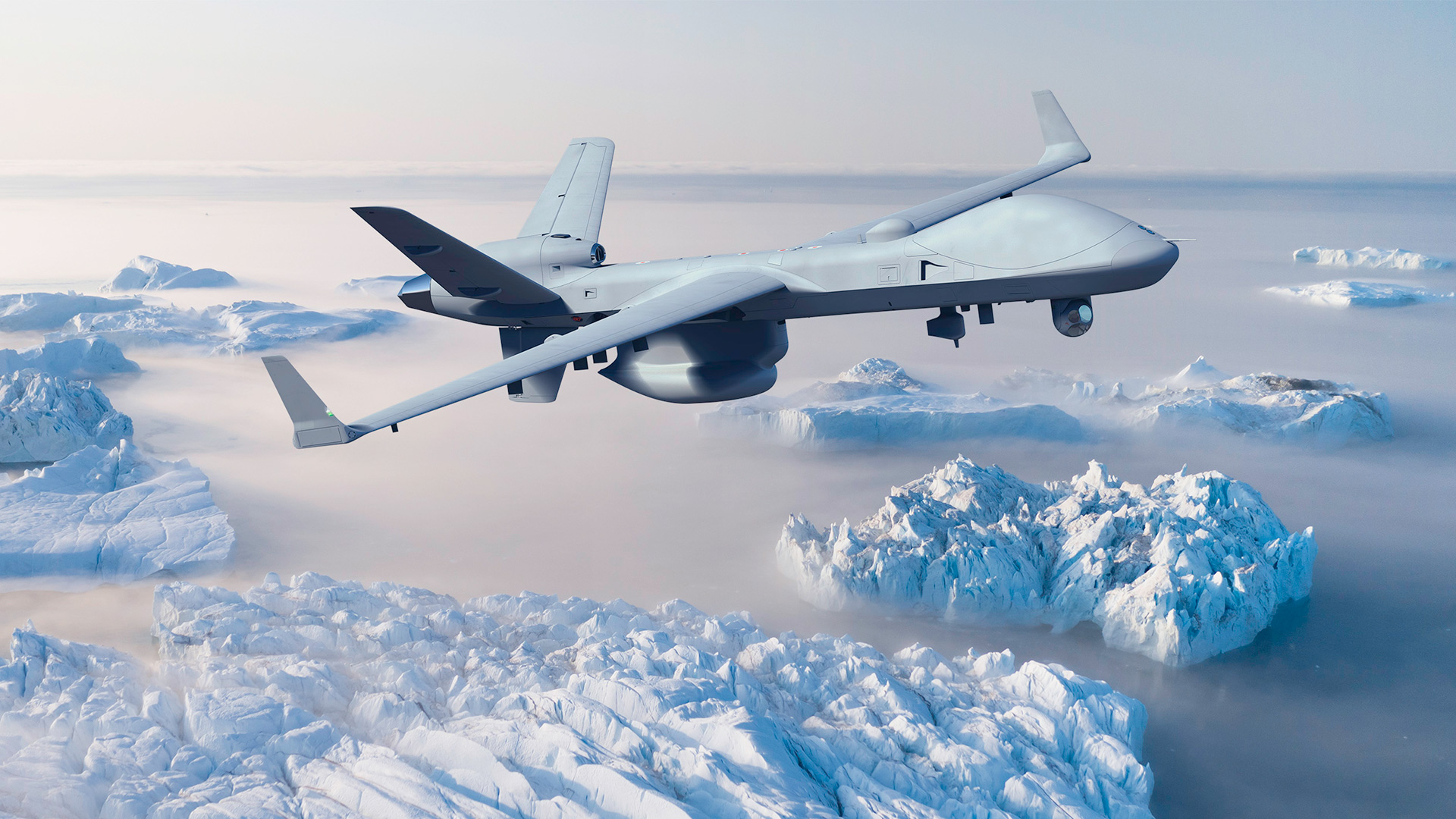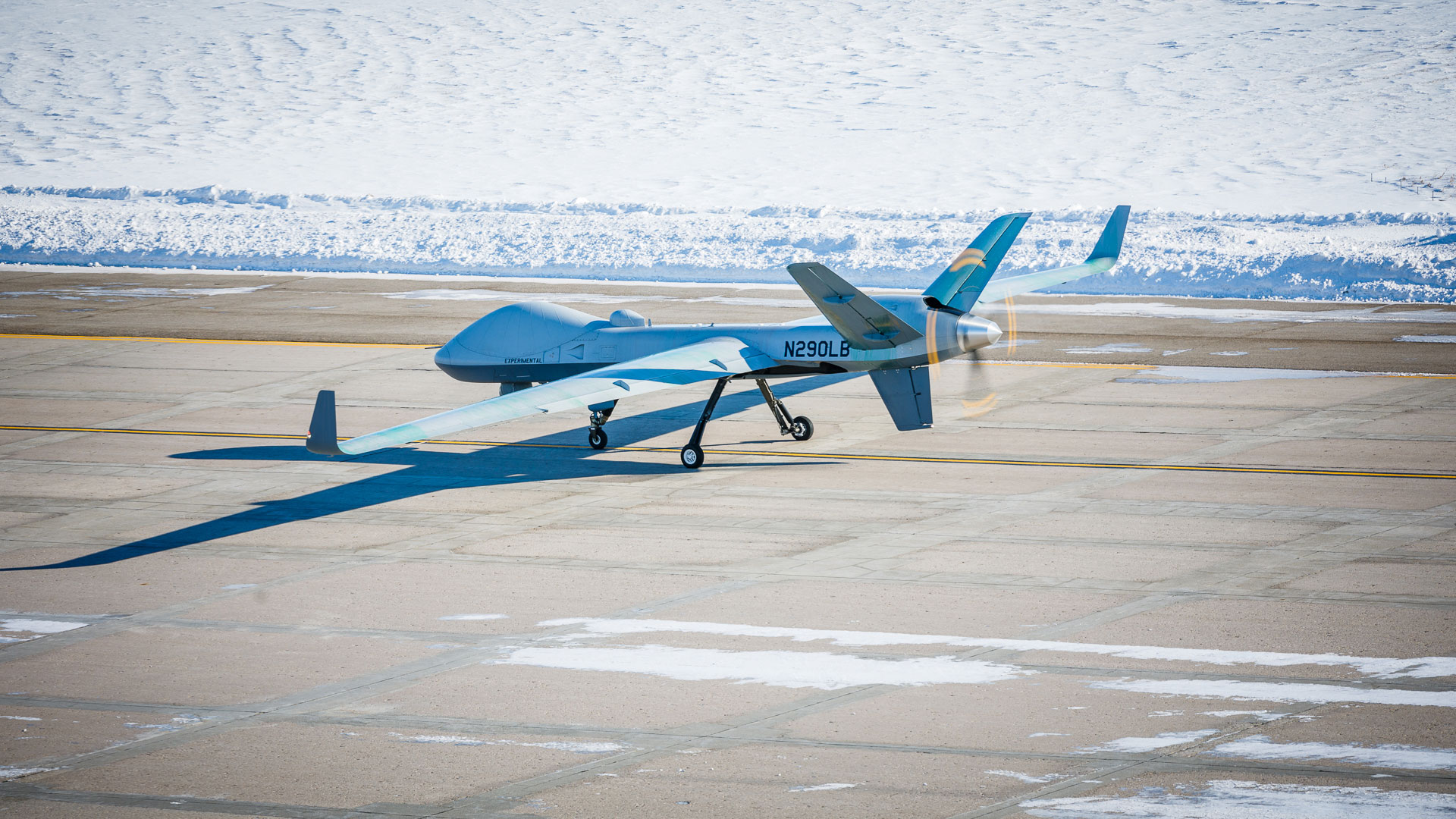UAV.com Staff Report
A new era of challenges is dawning at the top of the world.
Two significant factors are reshaping the Arctic, contributing to increases in commercial traffic, illegal shipping and fishing operations, competition over natural resources, and militarization.
First, climate change is causing the rapid recession of Arctic ice, opening valuable Arctic Sea routes and natural resources to wider commercial and military competition. Second, Russia's invasion of Ukraine, a war taking place over 1,700 kilometers from the Arctic Circle, has ended cooperation between Moscow and NATO allies in the region as Russia further militarizes and disputes Arctic territory and resources.
And, to top it all off, the U.S. and its NATO allies are behind in Arctic capabilities.
"At the moment, the military balance in the Arctic is heavily weighted towards Russia," said Colin Wall, research associate at the Center for Strategic and International Studies, in a 2022 Reuters article.
If the U.S. and its NATO allies hope to quickly improve security in this vast region, they will need to expand Arctic awareness in a way that is efficient, cost-effective, and reduces risks to personnel and critical assets. New Arctic-ready uninhabited aerial vehicles, or UAVs, are here to fill security gaps today.
Cold Feet
Russia controls 53 percent of the Arctic coastline and compared to its investments in building and modernizing its Arctic bases, fleets, and weapons systems over the past two decades, NATO allies are largely playing catch-up. Recently, U.S. and NATO leadership have awakened to evolving security challenges and begun investing more in securing the region. But operating in the Arctic is no simple feat.
The Arctic is a very harsh environment for ground forces, and expensive naval vessels and manned aircraft cannot safely and efficiently cover the region without backup. For example, manned aircraft traditionally need a secondary rescue capacity in case they go down. This requires costly resources in terms of additional training, personnel, basing, and aircraft.
But in the case of UAVs, there is no need for rapid rescue missions in the event of an incident because the remote pilot and crew are safe on the ground in another location. In fact, they might be thousands of miles away. As a cost-effective complement to manned assets, UAVs can safely fly longer missions over satellite communications. They connect joint forces and maintain a shared real-time intelligence picture of the Arctic, reducing the overall cost of expanded operations and eliminating risks to human pilots or crews.
Monitoring Increased Commercial and Illegal Activity

Climate change is causing the Arctic region to heat up dramatically, making natural resources and shipping lanes more accessible as the Arctic ice rapidly recedes – some estimates indicate that the Arctic could be ice free as soon as 2035. The Arctic holds an estimated 30 percent of the world's undiscovered natural gas as well as growing fisheries in territorial and international waters that both commercial and illegal operations will aim to exploit. Also, the Arctic region has the potential of connecting roughly 75 percent of the world's population, making control over quicker Arctic routes extremely valuable for competing powers.
New Arctic-ready UAVs, like General Atomics Aeronautical Systems, Inc.'s MQ-9B SkyGuardian, are ideal assets for conducting civil operations in the Arctic. MQ-9B is the latest upgrade from the well-known MQ-9A Reaper and is specifically designed and has recently proven its ability to withstand the world's coldest environmental temperatures and fly surveillance missions well over 30 hours via satellite within the Arctic Circle. This makes it particularly well suited for continuously monitoring regional shipping lanes, fisheries, and environmental disasters, as well as conducting search and rescue operations.
For example, if a ship is in distress and alternating MQ-9Bs are on a mission, the aircraft can easily be tasked to provide 24/7 real-time video, radar, and communications relay in support of first responders and potentially deploy lifesaving emergency supplies directly from the aircraft. Or if there are reports of illicit fishing operations and a suspected vessel turns off its transponder identification via an internationally required Automatic Identification System, MQ-9B aircraft will enable authorities to locate, identify, and apprehend the vessel, removing the guesswork and initial risks to human patrols.
Addressing Russian Militarization
Over the past two decades, Russia has been building up a fleet of nuclear-capable icebreakers, ships, and submarines, establishing more mining and oil operations, and moving to control Arctic Sea routes. Since its full-scale invasion of Ukraine, Russia has also militarized its fishing, icebreaker, and other commercial vessels and taken increasingly aggressive actions in the Arctic as it disputes jurisdiction over territorial waters and seabeds.
UAVs like MQ-9B, which are familiar aircraft among the U.S. Air Force and NATO allies who widely operate the earlier MQ-9A model, could help quickly and cost-effectively monitor and address Russian activity in the Arctic.
Today and into the future, a fleet of Arctic-ready UAVs would significantly multiply persistent intelligence, surveillance, and reconnaissance coverage of joint forces and serve as a credible deterrent at lower costs and without risking lives. With several MQ-9B aircraft on patrol over the Arctic, NATO allies would be able to create, maintain, and share a more complete picture of the region as well as let any malign actors know that they are being watched to deter aggression in disputed or contested areas. This approach is often referred to as "deterrence by detection."

MQ-9B should also be of particular interest to global military leadership because of its mission flexibility. Commanders can tailor it for a growing list of missions with unique intelligence payloads, including one of the first self-contained submarine detection capabilities for UAVs. To help counter or better understand Russia's increased submarine activity in the Arctic, MQ-9B can dispense and monitor sonobuoys to detect and track underwater targets. It can also integrate electronic support measures that detect various signals at long ranges, making it a formidable part of an integrated early warning system for incoming Russian aircraft, vessels, or even missile systems. Both capabilities would enhance the U.S. and NATO's understanding of Russia and its partners' actions and intentions in the region.
With Arctic security challenges resulting from climate change and Russian aggression on the rise, the U.S. and NATO need to rapidly strengthen their presence in the region. Indeed, it is worth noting that moves to strengthen security are trending upwards.
Canada, for example, has already inked a $2.49 billion deal with General Atomics to acquire 11 MQ-9B UAVs and six ground control stations with the intention of operating deep within the Arctic Circle by 2028, leveraging a new generation of low-earth orbit satellite constellations coming online in the next few years. But more is needed to address the region's security challenges. Arctic-ready UAVs like MQ-9B are one answer, today and into the future.
